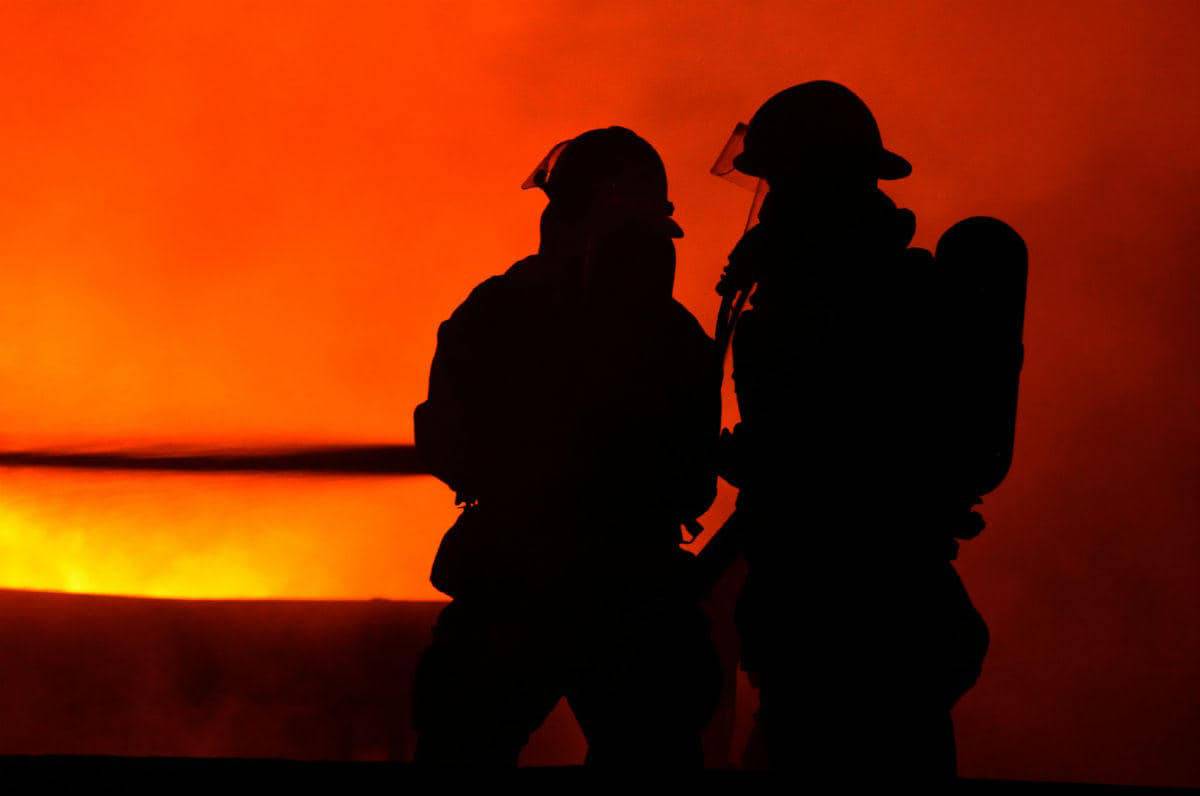Burn injuries are the second most common work-related injuries after fall accidents.
If we combine both on-the-job and off-the-job burn injuries that are reported every year, we are looking at a figure of over a million. Work-related burn injuries can have serious and long-term consequences for an injured worker and may leave him or her unable to go back to work for an extended period of time. Some serious burn injuries may even lead to permanent disability.
Work-Related Burn Injuries
According to statistics, every year almost 40,000 work-related burn injuries occur in the United States. Of these, more than 25 percent occur in construction site accidents. Irrespective of how minor or serious the burns are, every worker who suffers a burn injury must seek immediate medical attention. Remember, even first degree burns that affect just the outer layer of the skin can cause serious complications at a later stage. No burn injury should ever be ignored.
Categories of Work-Related Burn Injuries
Work-related burn injuries can be divided into three categories:
- Thermal burns caused by exposure to heat.
- Chemical burns caused by exposure to acidic chemicals.
- Electrical burns caused by electrocution.
Types of Work-Related Burn Injuries
Our Chicago workers’ compensation lawyer explains that irrespective of how a burn injury occurs, the worker may be entitled to benefits under the workers’ compensation system. Work-related burn injuries can occur in a wide variety of settings including:
- Fire fighters trying to put out a fire.
- Inhalation of toxic fumes can cause lung or airway burns.
- Electrical burns caused by fire in faulty wiring.
- Scalding materials such as hot roofing tar can spill and cause burns.
- Exposure to caustic chemicals, corrosives, and solvents can cause burns.
- Stove fires and boiling water in restaurant settings.
- Fires in refineries, warehouses, mills, and factories.
- Construction site fires.
- Radiation exposure that causes eye and skin burns.
- Lack of fire fighting equipment in offices.
- Chemical burns from acids and alkaloids in lab settings.
- Contact with drain cleaners and rust removers.
Degrees of Burns
With regards to workers’ compensation, the depth of the burn injury would determine the amount of workers’ compensation benefits the worker would receive. The severity of a burn is measured in terms of degrees; the larger the number, the deeper and more serious is the burn. While a first-degree burn is the least serious and may only cause a superficial wound, a third-degree burn will cause a deep wound and is the most serious type of burn injury. With third-degree burns, a worker is often considered permanently disabled.
Workers’ Compensation Benefits
A worker who suffers a burn injury at the workplace may be entitled to medical and disability benefits under the workers’ compensation system. The amount of benefits that he or she receives will depend on the seriousness of the injury and the time required for the injury to heal. Consult with an experienced Chicago workers’ compensation attorney from The Willens & Baez to ensure that your rights are protected and you receive the benefits you are entitled to under Illinois law.












